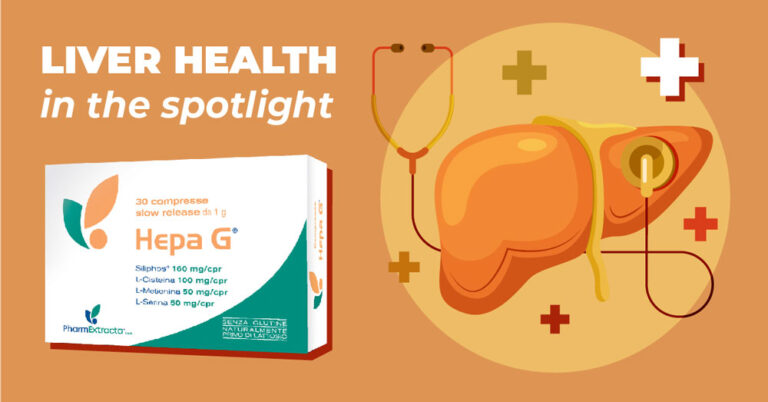
Hepa G®: Revolutionizing Liver Health for NAFLD Patients
Non-Alcoholic Fatty Liver Disease (NAFLD) is a prevalent and potentially serious condition affecting millions worldwide. Often diagnosed alongside lifestyle recommendations, it is crucial to explore alternative interventions to improve liver health and prevent the progression of the disease.
Hepa G®, with its unique formulation and patent protection, emerges as a promising solution to enhance liver health, offering new hope and possibilities for individuals facing the challenges of NAFLD.
Understanding NAFLD and Its Possible Risks
NAFLD, or Non-Alcoholic Fatty Liver Disease, is a prevalent medical condition marked by the accumulation of excessive fat in the liver cells, not attributable to alcohol consumption. This condition is often considered benign in its early stages, as it may not manifest noticeable symptoms or cause immediate harm. However, if left unaddressed, NAFLD can progress to more severe stages, posing significant risks to liver health and overall well-being.
A common approach when NAFLD is diagnosed is to advise patients to make significant lifestyle changes, including dietary modifications and increased physical activity. However, relying solely on lifestyle changes might not be a savvy idea, considering that, without targeted interventions, NAFLD can:
- progress to the more severe stage of Non-Alcoholic Steatohepatitis (NASH), characterized by inflammation and liver cell damage, potentially leading to more severe complications, such as cirrhosis and liver cancer;
- inadvertently elevate the risk of cardiovascular events.
A comprehensive approach to NAFLD is needed to address the multifaceted nature of the disease and mitigate risks effectively.
Introducing Hepa G®: A Groundbreaking Formulation to Manage NAFLD
Hepa G® represents a novel approach to managing NAFLD. Developed with a rationale that combines scientific innovation and natural ingredients, Hepa G® aims to address the underlying factors contributing to liver damage and fibrosis.
Key components of Hepa G® include:
- Siliphos®, consisting of Silybin Phytosome®, a potent antioxidant constituting approximately 50–70% of the silymarin extract derived from Silybum marianum (milk thistle). Notably, Silybin is the active fraction of silymarin, offering exceptional hepatoprotective properties. Siliphos® plays a crucial role in reducing oxidative stress, inflammation, and liver cell damage, providing comprehensive support for individuals grappling with NAFLD;
- a unique and patented combination of L-Cysteine, L-Methionine, and L-Serine, precursors of glutathione working synergistically to promote the endogenous synthesis of hepatic GSH, which notably plays a crucial role in protecting cells from oxidative stress and maintaining cellular health.
Hepa G's Benefits for NAFLD Patients
Hepa G® stands out as a specialized solution for patients diagnosed with NAFLD. The formulation is meticulously designed to exert positive influences on vital parameters associated with liver damage. These include reductions in key liver enzymes such as Alanine Aminotransferase (ALT), Aspartate Aminotransferase (AST), and Gamma-Glutamyl Transferase (γGT). By targeting these markers, Hepa G® aims to mitigate the impact of inflammation and cellular stress on the liver, promoting a healthier hepatic environment.
Moreover, Hepa G® doesn’t merely stop at addressing enzyme levels; it extends its efficacy to combat indicators of hepatic fibrosis, a progressive and potentially serious consequence of liver diseases. The formulation targets specific markers linked to fibrotic processes, including Hyaluronic Acid, Matrix Metalloproteinases (MMP), and Transforming Growth Factor-beta (TGF-β). By modulating these parameters, Hepa G® seeks to impede the progression of fibrosis, thereby contributing to the preservation of liver function and overall hepatic well-being.
In essence, Hepa G® serves as a comprehensive and targeted solution, aiming not only to reduce immediate markers of liver damage but also to address the underlying factors that could lead to more severe complications in individuals diagnosed with NAFLD, especially when coexisting with hepatitis C. Its multifaceted approach positions it as a valuable asset in the management and support of liver health.
